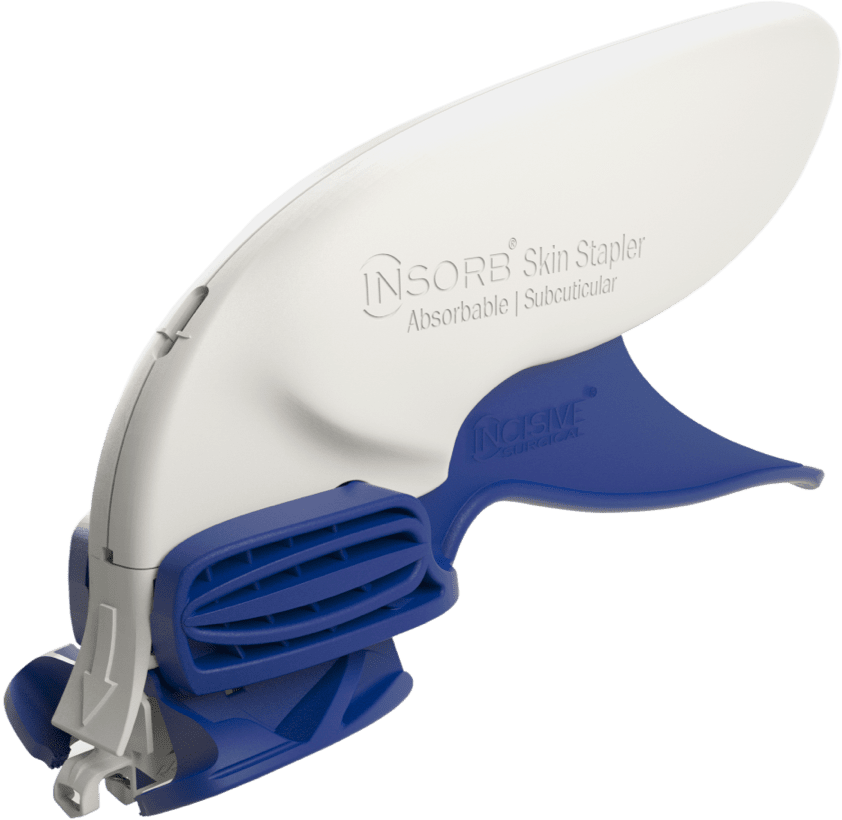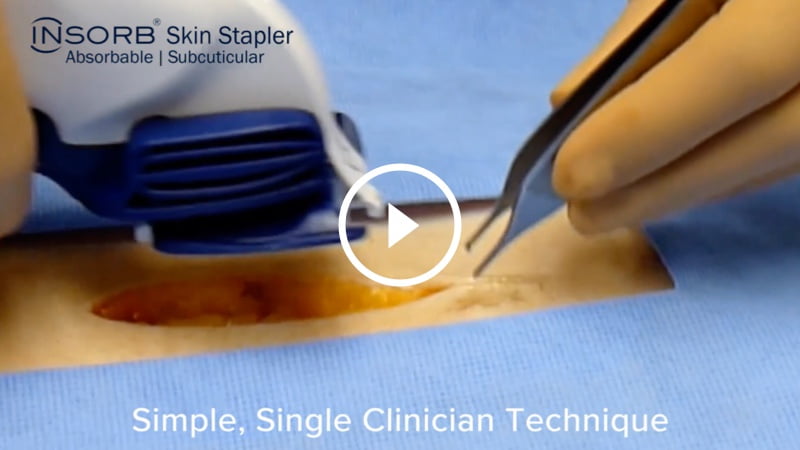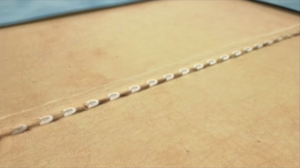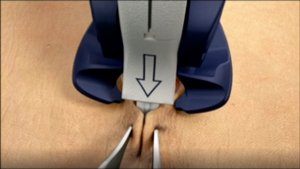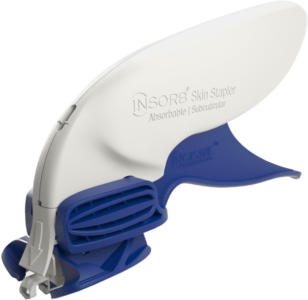

Redefining Optimal Skin Closure
The INSORB Skin Stapler is a subcuticular, interrupted closure modality that is designed to create uniform, symmetric dermis-to-dermis closures.
INSORB vs. Metal Skin Staples

At 7 Days
There are multiple factors that can affect patient results and recovery and these results may not be representative.
See More Photos

Absorbable Subcuticular Skin Staple
INSORB staples are placed entirely underneath the surface layer of skin (epidermis). These staples offer clinical benefits, are cost-effective1, and highly patient-centric. Wound care for c-section patients with absorbable staples is similar to care for conventional incision closures, and may even have fewer complications2.
- Eliminate Percutaneous Insult
- Improve Patient Comfort & Cosmesis
- May Result in Less Pain Immediately
Post-op in C-sections1
- Evidence of Reduced Wound
Complications vs. Metal Staples
in C-sections2
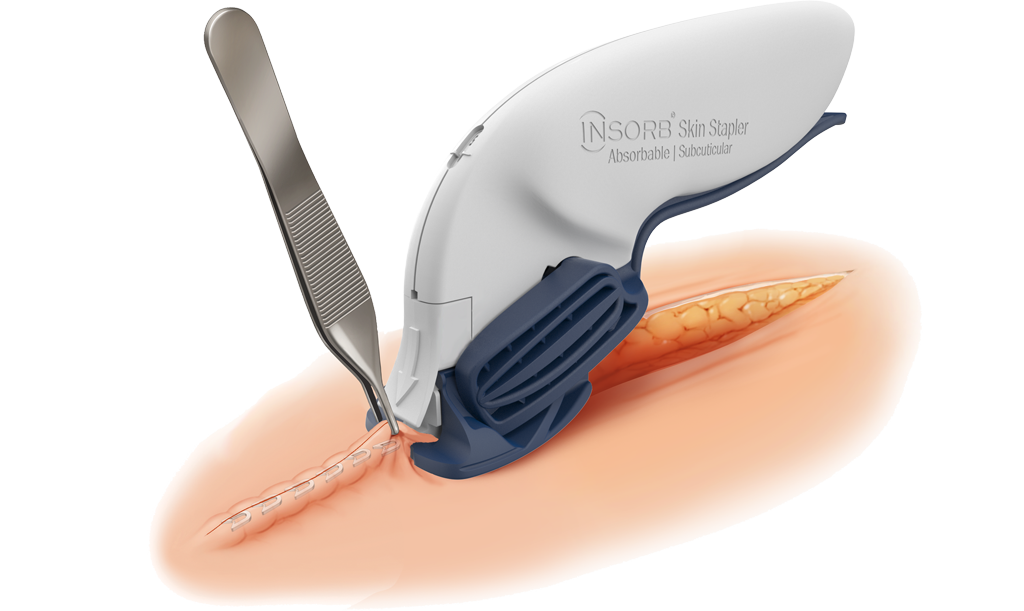

Surgical Incision Closing Comparison Video
1Nitsche, Joshua, et al. Skin Closure with Subcuticular Absorbable Staples after Cesarean Section Is Associated with Decreased Analgesic Use. Archives of Gynecology and Obstetrics, 2011; col. 285, no. 4, pp. 979-983.
2Schrufer-Poland, T. L., Ruiz, M. P., Kassar, S., Tomassin, C., Algren, S. D., & Yeast, J. D. (2016). Incidence of wound complications in cesarean deliveries following closure with absorbable subcuticular staples versus conventional skin closure techniques. European Journal of Obstetrics Gynecology and Reproductive Biology, 206, 53-56.
doi:10.1016/j.ejogrb.2016.07.501


